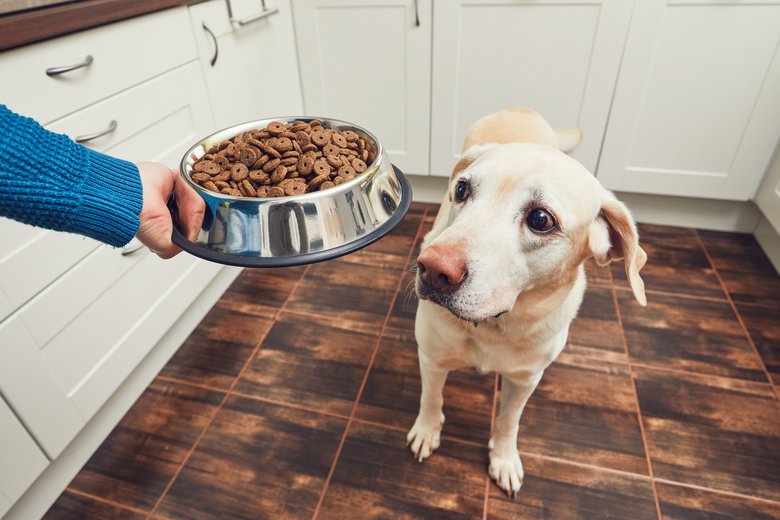
There are lots of websites in favour and against natural diets. The expert websites say you can reduce your pet of allergy real estate agents regarded as in commercial kibble, such as corn, whole wheat, and soy. The con websites warn against salmonella poisoning and microbe infections.
Can you give insight upon this subject, particularly with regards to feeding chicken, meat, and lamb? Will there be an increased risk of Neospora or other health-related problems with feeding dogs fresh diets?
Your choice on what to supply our canine children is a intricate one. A couple of pet food companies shouting at you that, if you don’t nourish their food, you don’t love your pet, and well-meaning other people who want to convince you that anything commercial is taking the lazy way to avoid it. A couple of foods that are “all-natural” and foods with delightful parts to convince your finicky dog to eat. Just like nourishing ourselves, it’s very hard to straighten out the reality from the marketing.
Prioritize nutritional needs. Most of us can agree that deciding on the best food forever can be one of the primary factors in longevity and standard of living. We also need to realize that exactly like real human food, the best-tasting food is often not the most nourishing. Usually foods with “tasty bits” can be purchased to gratify the human’s psychological needs more than the dog’s dietary needs and tend to be the reason for obesity (one common killer of canines).
Seek the advice of a specialist. What “all-natural” really means is often anyone’s estimate. To really pick the best food will take some research or requires finding someone competent who you truly trust to advise what is right for your own dog. This isn’t the salesman at your pet store who may have only been informed by associates from the food companies, and it shouldn’t be a few website that made sense for you. Typically, your veterinarian or a tuned nutritionist (who can frequently be found and approached on vet college websites) will be the best resources to make decisions for your dog as a person.
Debunking BARF. One kind of food espoused by some well-meaning family pet buffs is biologically available natural food (BARF). The idea of this approach is the fact that fresh food is nearer to what a dog would eat in the open. Unfortunately, dogs in the open do not live very long, which, if you ask me, is a flaw in their reasoning, but I make an effort to consider all viewpoints on issues this important. From research as it stands now, there is no real evidence that we now have any health benefits to eating natural beef. If, however, you need to do want to try it, be sure to research your facts and do it the proper way. With extreme alternatives such as raw food, there is absolutely no such thing as “I really do mostly uncooked food”. Even proponents of the diet will let you know that there are hazards if you don’t get it done exactly right. Furthermore to finding organic and natural food resources, you must balance the meals with vegetables and other resources of micronutrients to meet all your dog’s nutritional needs. Changing an adult dog to BARF too quickly can cause pancreatitis, so follow your vet’s instructions.
Carefully choose commercial Raw Dog Food food. Since almost all of us don’t have time to look for and properly make organic poultry, it is more smart to discover a high-quality commercial dog food that is conserved with vitamin supplements E or other natural chemical preservatives (eliminating chemicals and using high-quality beef instead of meat byproducts). These food types are designed by trained nutritionist to be the best and help your dog live the longest, healthiest life possible; something that almost all of us aren’t trained to do.
Commonly, BARF is recommended for dogs with certain medical problems such as pores and skin conditions or immune problems. Sometimes it can help, not because of any magic of fresh food, but because the main element ingredients to that your pet is sensitive are taken out. This ditto can be accomplished with carefully chosen commercial foods, getting all the dietary advantages of clubs of nutritionists while preventing the hazards of parasitism, food poisoning, and pores and skin problems.
Consider food allergy. Food allergy is an extremely common component of itchy skin area in dogs. Fowl, meat, lamb, corn, soy, wheat, egg, and dairy products are common ingredients which stimulate these allergy symptoms, but, if they are organic or cooked, the disease fighting capability talks about them the same. The main element to choosing a food for epidermis problems is to choose one that will not include these ingredients, is conserved with supplements, and ideally is supplemented with essential fatty acids (fish natural oils). Most large food companies now have their own versions of the foods. They’re usually sold as prescription foods but aren’t a lot more expensive than over-the-counter foods of equivalent quality.
Advice: with the riches of foods that exist to help a number of conditions, the lack of evidence that natural food provides any advantages, and the potential hazards of raw food, I can’t advise that it is an excellent choice at the moment. As research is performed, we may one day find that there are advantages, but, for the present time, high-quality commercial food is the better choice.